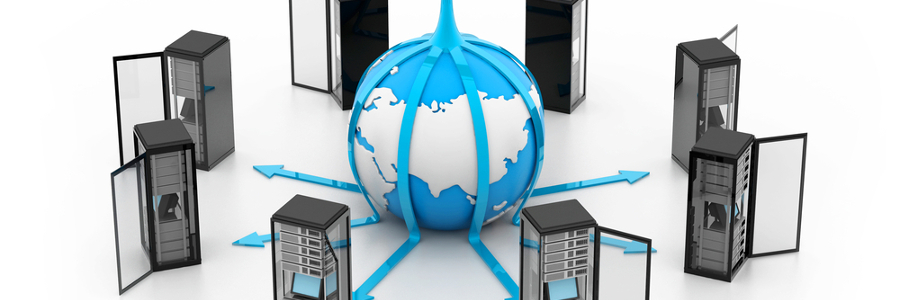Virtualization technology is the next big business trend of the decade, as it has already allowed many businesses to improve their operational flow. In this article, we will discuss the different types of virtualization and how they can positively affect your work.
Which virtualization type does your SMB need?
The cloud and virtualization explained

Cloud computing and virtualization are similar but that doesn’t mean that one can be substituted for the other. Each has its own benefits, so it pays to know how both work, so you can take advantage of them.
Virtualization
Imagine a company with five servers, each assigned a single task such as storage, email, etc.
The biggest mistake to avoid with VMs
Mobile device security and virtualization
Serverless computing and its benefits
Windows virtualization for Mac use
What’s better, virtualization or the cloud?
Containers: Setting the record straight
The benefits of hyperconvergence

Diverting funds away from primary business functions to deploy and maintain IT infrastructure used to be hard for SMBs. However, with hyperconvergence making IT more affordable, it's now unavoidable. Here's what you need to know.
What is a hyperconverged infrastructure?
In a traditional IT environment, hardware for networks, servers, and storage had to be purchased separately and set up to work together as one cohesive system.
5 virtualization options for every SMB

Understanding office virtualization is difficult enough; picking from the long list of software providers that help you achieve it can feel impossible. Since virtualization is a relatively new practice for small- and medium-sized businesses, there is no standardized way of virtualizing your company.







